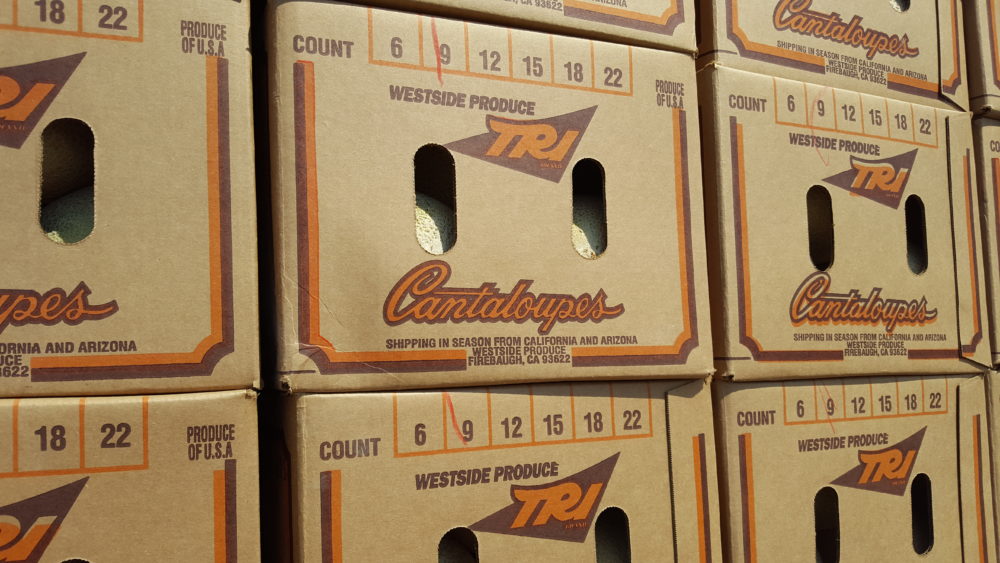USDA-NASS Projects California Almond Crop Up 18 Percent to 3 Billion Meat Pounds
The California Almond Objective Measurement Report, published today by the United States Department of Agriculture (USDA) National Agricultural Statistics Service (NASS), estimates that the 2020 crop will be 3.00 billion meat pounds, up 18% from the 2019 crop production of 2.55 billion pounds.[1] This estimate is even with the 3.00 billion pounds estimated in the California Almond Subjective Forecast, published in May 2020.
According to the 2020 Objective Report, the average nut set per tree is 5,645, up 21% from the 2019 almond crop. The Nonpareil average nut set is 5,621, up 27% from last year’s set. The average kernel weight for all varieties sampled was 1.51 grams, down 2 percent from the 2019 average weight.
“This year’s crop is proof that California is the perfect place to grow almonds,” said Holly A. King, Kern County almond grower and Chair of the Almond Board of California (ABC) Board of Directors. “Perfect weather during bloom, coupled with the steps almond growers have taken to ensure our orchards provide a healthy environment for honey bees and other pollinators, resulted in the abundant crop we are seeing on the trees up and down the Central Valley.”
Recent disruptions in global trade due to COVID-19, and ongoing trade disputes and negotiations with China and other key markets extending into the year, have caused some short-term challenges with the current crop, but the long-term outlook remains positive.
“As a shelf stable and nutritious food enjoyed by consumers around the world, we’ve weathered these disruptions in pretty good shape,” said Almond Board President and CEO Richard Waycott. “Domestic and export shipments are up year-to-date, and we expect global demand to be stronger than ever as we market this year’s record crop.”
While the Subjective Forecast provides an initial estimate of the 2020/2021 crop, the Objective Report is based on actual almond counts and uses a more statistically rigorous methodology to determine yield. In Dec. 2019, ABC’s Board of Directors approved a modified sampling protocol to further improve the accuracy of USDA-NASS’s reporting. From this year forward, the Objective Report will include measurements from 1,000 target orchards throughout the state (an increase of 150 samples from 2019) and provide nut counts on not one but two branches per tree. The Objective Report will also provide the weight, size and grade of the average almond sample broken down by growing region – no longer growing district – and variety.
USDA-NASS conducts the annual Objective Report, Subjective Forecast and Acreage Report to provide the California almond industry with the data needed to make informed business decisions, and thanks all farm operators, owners and management entities for their time in providing the information necessary to create these reports. These reports are the official industry crop estimates.
















